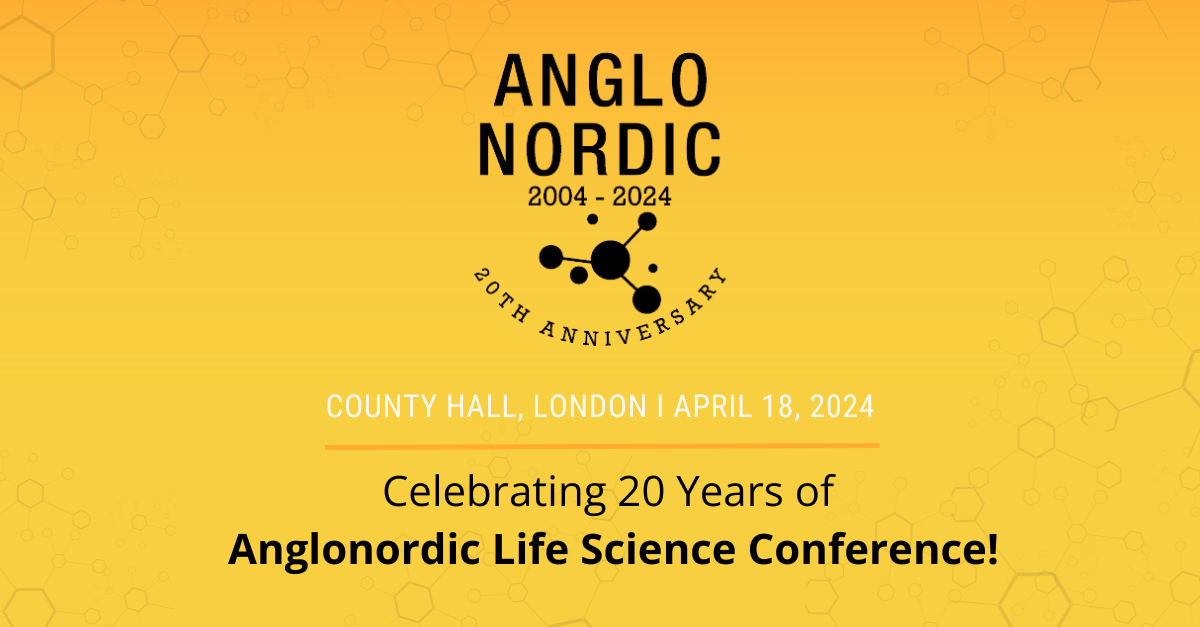Dive Brief:
- Voyager Therapeutics, a company developing gene therapies for neurological diseases, said Wednesday that amid a broader “strategic shift,” its CEO and top researcher are both leaving to pursue other opportunities.
- Andre Turenne, Voyager’s CEO and president for the last three years, will step down from those roles in early June and be succeeded on an interim basis by Michael Higgins, the company’s board chairman. Also departing is Omar Khwaja, chief medical officer and head of research and development. Board director Glenn Pierce will assume the role of interim chief scientific officer. Maria Lopez-Bresnahan, head of translational medicine and clinical development, will continue to lead clinical programs, Voyager said.
- The executive shake-ups come as Voyager prepares to begin human testing for one of its most advanced gene therapies, which targets Huntington’s disease. Voyager recently found in preclinical tests that its technology was able to make more potent gene therapies for hard-to-reach areas of the body, like the brain and spinal cord. The company said Wednesday it plans further investment in this technology, with the potential to use it in strategic partnerships or licensing deals.
Dive Insight:
Voyager has attracted much attention and investment since the powerful venture firm Third Rock Ventures launched it in 2014.
Shortly after its formation, the company entered a research and development deal with Swiss pharmaceutical giant Sanofi. By the end of 2015, it had raised nearly $81 million by going public. In the years since, it’s linked up with a couple other drugmakers too, including AbbVie and Neurocrine.
Yet, while enticing, Voyager’s mission to use gene therapy to combat diseases of the brain and central nervous system could be seen as somewhat of a moonshot. Neurological illnesses are notoriously difficult to treat. And gene therapy, though much better understood now than in its infancy, continues to present challenges for even the largest and most deep-pocketed drug developers.
Voyager knows these challenges well. Late last year, for instance, the company’s Huntington’s program was set back when the Food and Drug Administration said human testing couldn’t begin without more information on how the gene therapy is manufactured.
Voyager’s also hit snags with its partnerships. The deal with AbbVie terminated last summer, while the Sanofi collaboration has been completely retooled to focus not on drug programs, but on Voyager’s capsid technology — which creates outer coatings for gene therapies to help them get to desired tissues.
Now, the company must work through a couple executive departures as well as a change in strategy. Voyager’s share price had fallen 10% by Thursday morning, to trade at just under $4. Over the past two years, the price has declined more than 85%.
In a statement, Voyager said Khwaja is returning to Europe at the end of May to “pursue a new scientific and clinical leadership opportunity.” Turenne is also leaving to pursue other opportunities, according to Voyager, but will continue to advise the company as it searches for a permanent CEO.
“This is a transformational time for Voyager,” Higgins said in the statement.
Looking ahead, Voyager says it’s focused on getting an early-stage study of the Hungtinton’s gene therapy up and running, while also advancing other programs.
The company also sees more opportunities for its capsid technology, especially after non-human primate testing showed that one of its novel capsids resulted in 1,000-fold or higher transgene expression in the brain, and 100-fold higher transgene expression in the spinal cord, as compared to a viral vector commonly used to make gene therapies.
Voyager said it plans to further investment in this and other vector engineering technology. Those plans come at a time when major players in gene therapy development are looking to improve on their delivery methods.

























